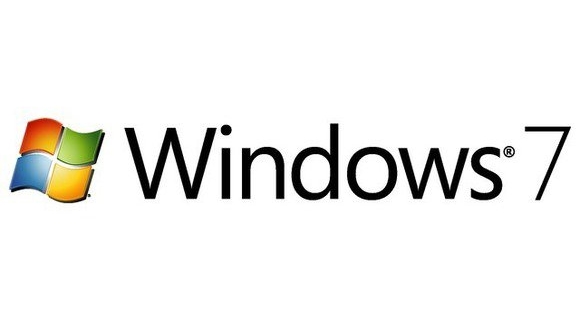How to Prepare for Windows 7 End ...
On January 14, 2020, Microsoft will end its support of Windows 7. After that date, Microsoft will no longer provide technical support, software updates, or security updates for Windows 7. Windows 7 captured 37% of the market share last year, which means that hundreds of millions of users will be affected by Windows 7 end of life. If you are one of those users, here’s what you need to know about this process.
Your Network Will Lack Security
After the end of life date hits, your network will stop receiving security updates from Microsoft. It’s important to note that mainstream support for Windows 7 ended on January 13, 2015. After that, no new features were added to Windows 7, and warranties for it were no longer valid. January 14, 2020 marks the end of extended support for Window 7. When an operating system (OS) enters the extended support phase, the software provider still offers extended security updates and patches, so the OS is still safe to use. After end of life kicks in, however, that extended support goes away, and if your network still uses an OS that’s in the end-of-life phase of its support lifecycle, it will be exposed to all sorts of security threats. In fact, hackers often wait until after an OS’s end-of-life date hits to unleash attacks on newly unprotected systems and networks that are still in use.
Consider Updating Your Operating System
If you upgrade to Windows 10, you will receive mainstream support until October 13, 2020, and extended support until October 14, 2025. Even if you decided not to stay with Microsoft for your OS, you should select an OS with end of mainstream and extended support dates that are several years away. This will allow you to install and activate a system that will offer you strong security updates as well as new features, if it’s still in its mainstream support phase. If you decide to move to Windows 10 or another OS, you should do so before Microsoft stops supporting Windows 7 so that your network will stay secure.
What Happens Next?
Ultimately, you can choose what to do when faced with Windows 7’s end-of-life date. You can continue to use Windows 7, but you’ll have to accept that your network will always be at risk without Microsoft’s Window 7 support. You can also choose to upgrade to Windows 10. Microsoft is currently offering free upgrades to Window 10 for Windows 7 users. You can also choose to move away from Windows operating systems. The choice is yours, but you should make it an informed one.
Managed IT Services For Your Ohio Business
At CTMS, we can work with you to make sure that your network transitions smoothly from Windows 7 to your new OS. If you are interested in our services or if you have any question about them, contact us today.

